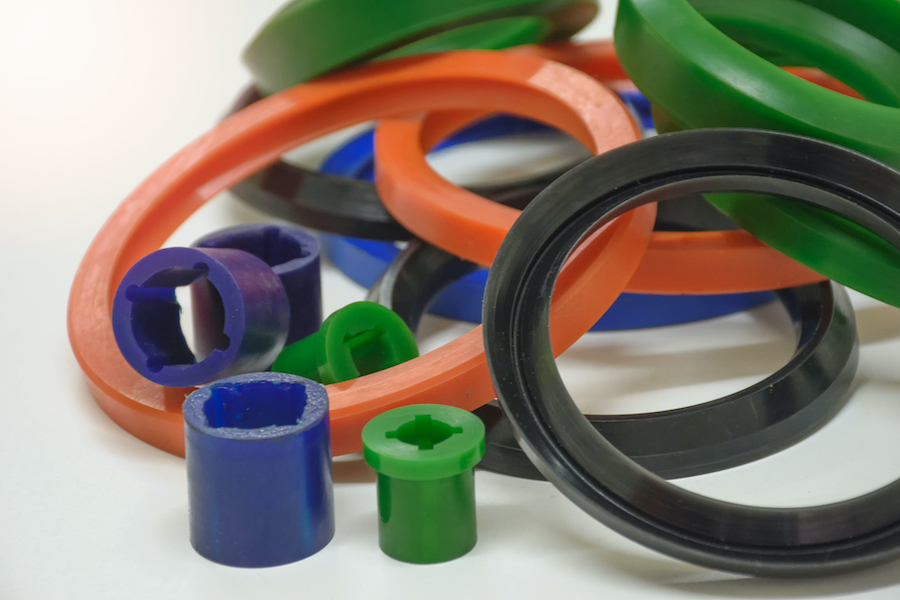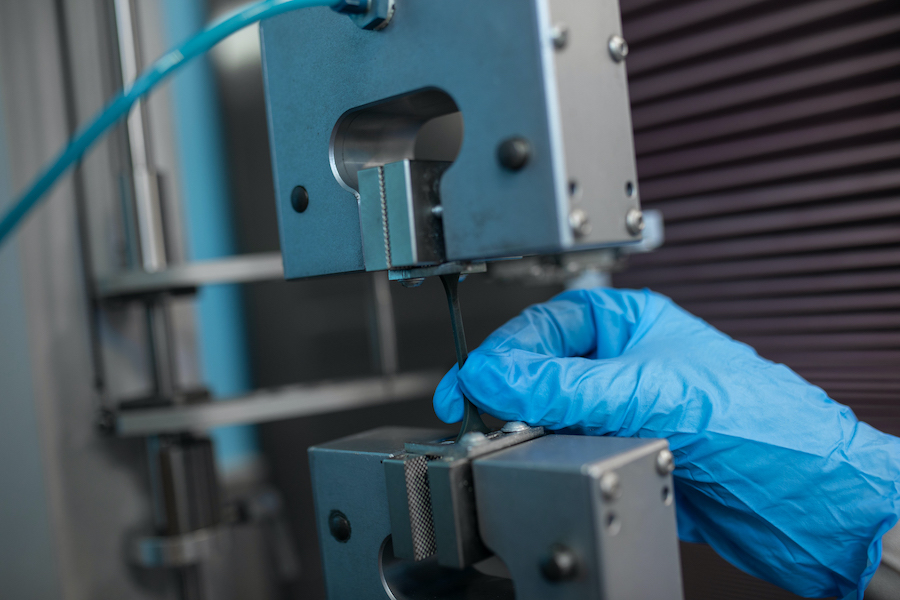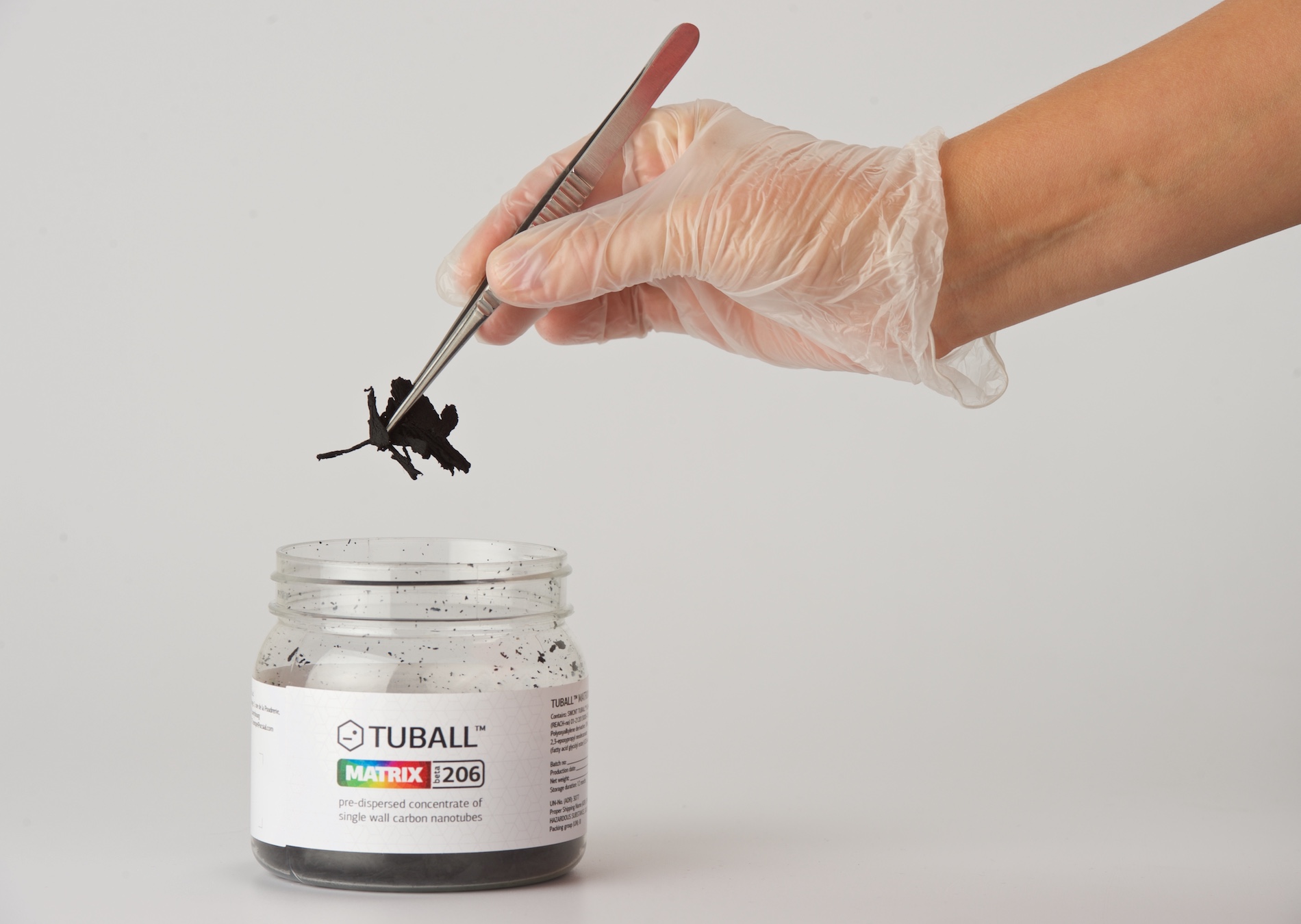- OCSiAl has expanded its portfolio of products for reinforcing and adding conductivity to rubbers with new graphene nanotube technologies for NBR rubber.
- Starting from 0.2%, graphene nanotubes can increase the modulus by up to 53% and tear strength by up to 42%, enhancing the resistance of rubber to harsh environments.
- More durable and efficient rubber goods enhanced by nanotubes help to reduce raw materials consumption.

With its high oil and fuel resistance plus stability at high temperatures, nitrile butadiene rubber (NBR) is commonly used in the automotive, aerospace, and oil and gas industries to make fuel hoses, O-rings, and industrial rollers, as well as cable jacketing and other molded parts. These applications are always in need of more high-performance materials that can meet both the demand for improved resistance in extreme conditions and sustainability goals.
Graphene nanotubes from Luxembourg-based OCSiAl have proven to be an innovative reinforcing and conductive material for a wide range of polymers. Their performance is based on creating an additional 3D network embedded into the material matrix. Even ultralow loadings have the effect of toughening the polymer, improving fatigue properties, reducing aging losses, and adding electrical conductivity. The latest solutions have expanded the company’s portfolio of products for high-performance rubbers, offering excellent improvements to NBR composites.
The addition of 0.3% graphene nanotubes through an industry-friendly concentrate to carbon black-based NBR compounds gives an increase in modulus (M50–200) of up to 53% and tear strength of up to 42% without significant influence on elasticity, rubber processing, or other mechanical properties. Combining these significant mechanical improvements with a volume resistivity level below 50 Ω∙cm results in higher durability for rubber parts used in e-mobility and makes them an ideal choice for withstanding harsh conditions in the oil and gas and aerospace sectors.

Another promising development is introducing graphene nanotubes into silica-based NBR formulations, which makes it possible to reach an anti-static performance of 10^7 Ω∙cm in compliance with electrostatic discharge (ESD) standards, improve tear strength by up to 35%, improve the modulus (M50–M300) by up to 50%, produce colored final parts, and eliminate the risk of carbon release to the material’s surface. In contrast, all previous solutions for imparting electrical conductivity caused dramatic degradation of mechanical properties, affected coloration, and raised compounding issues due to the high loadings of conductive fillers required. The new combination of properties unlocked by nanotubes has expanded the range of conductive NBR applications. Advanced rubbers are used for automated systems elements in factories equipped with sensors where color and electroconductivity are required for identification of parts by robots.
Graphene nanotube concentrates contain industry-friendly components that make it possible to get the proper dispersion without disturbing the rubber formulation. The paste form guarantees a non-dusty process that does not require separate production units or specific equipment but can be introduced during the normal compounding process. Currently, further testing of the use of graphene nanotube-enhanced NBR parts in harsh environments for various applications is underway.

NBR has supplemented a range of high-performance rubbers such as EPDM, NR, BR, and FKM where graphene nanotubes show significant improvements in mechanical and electrical properties at low concentrations. High durability and long-term conductivity enable the industry to produce more efficient goods, save costs in transportation and replacement of defective parts, and as a result to reduce the consumption of raw materials.
Learn more on graphene nanotubes in NBR at tuball.com.
